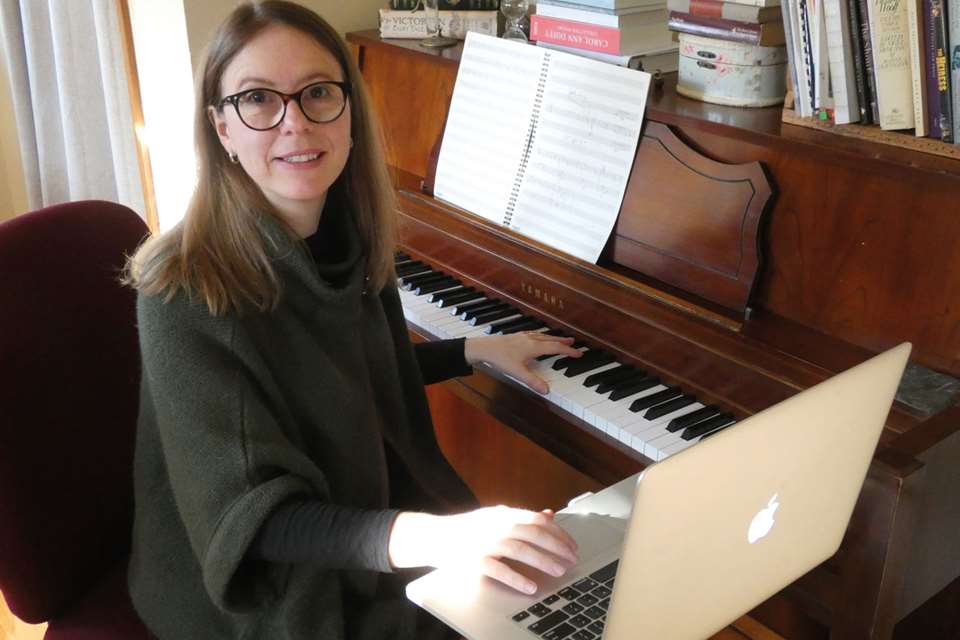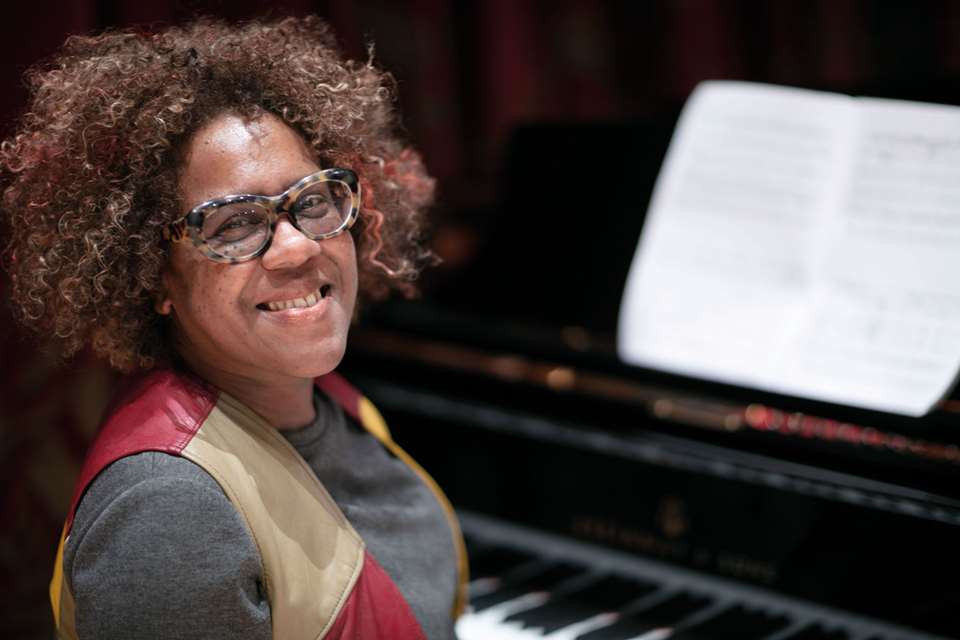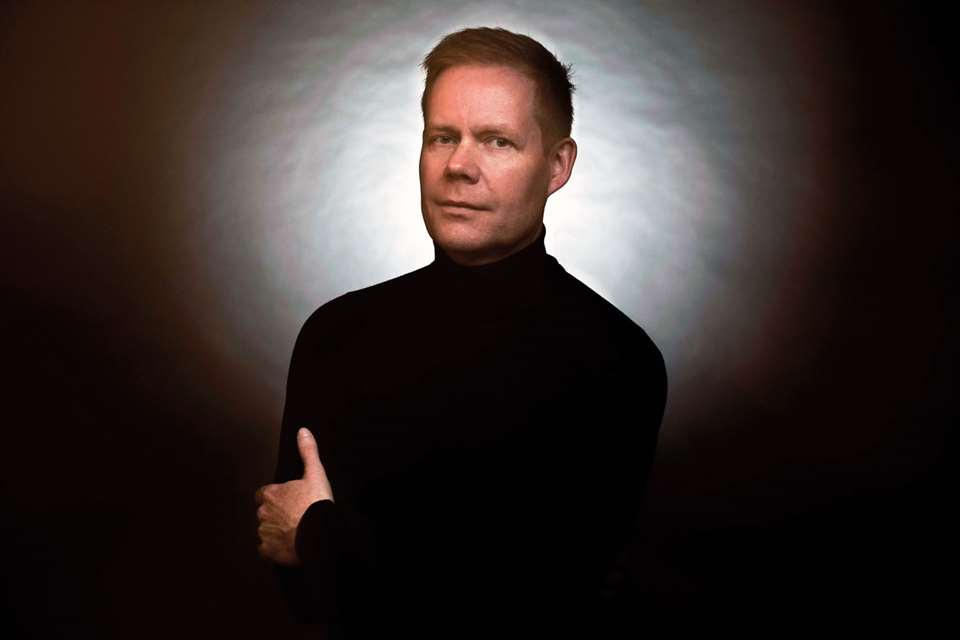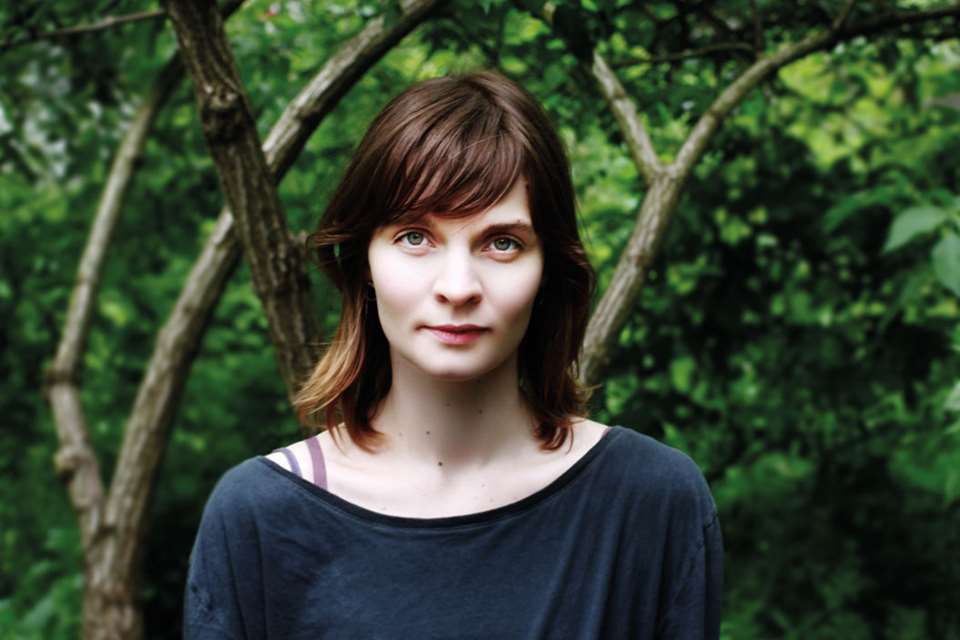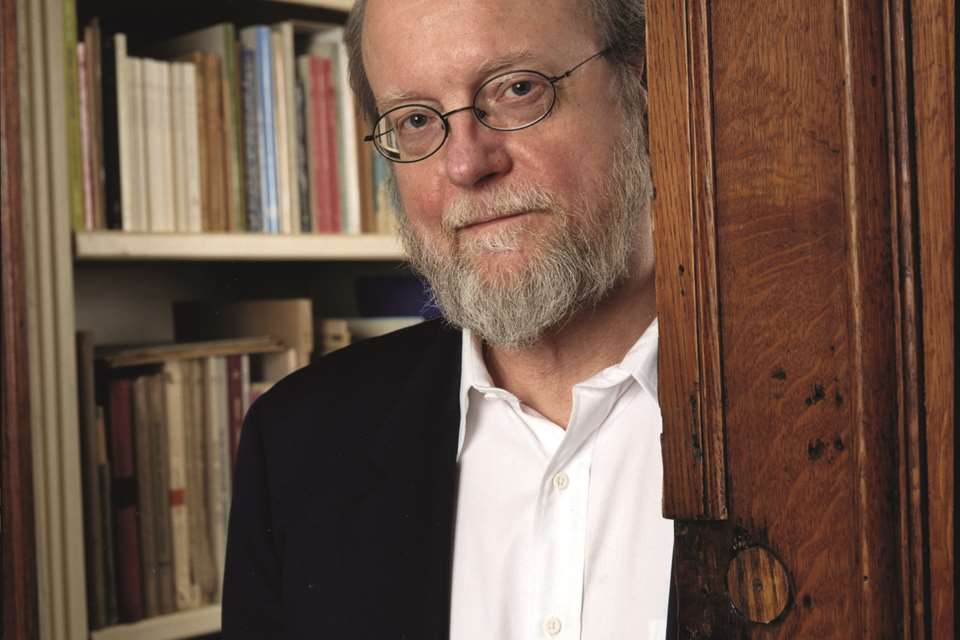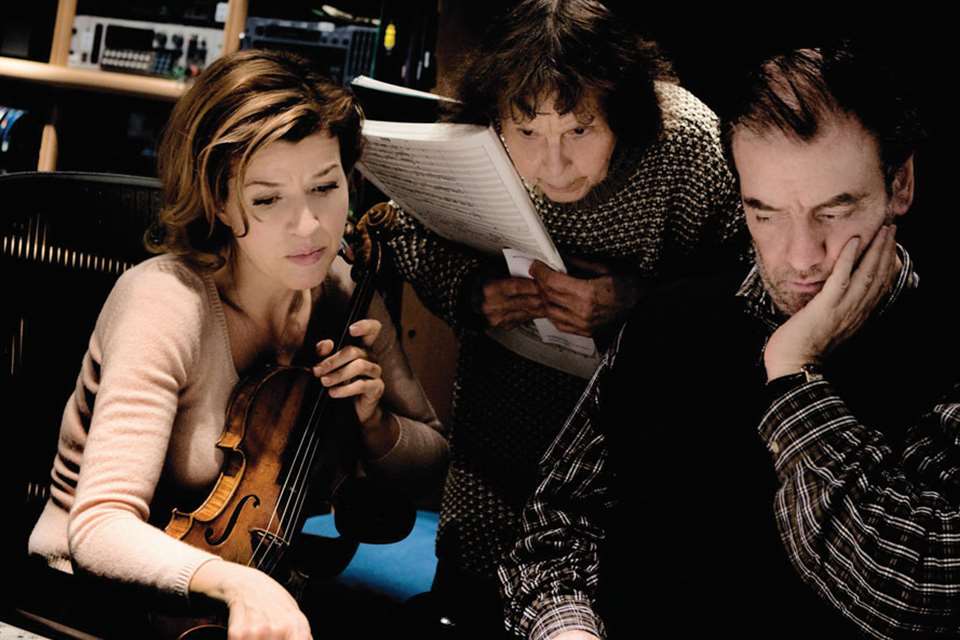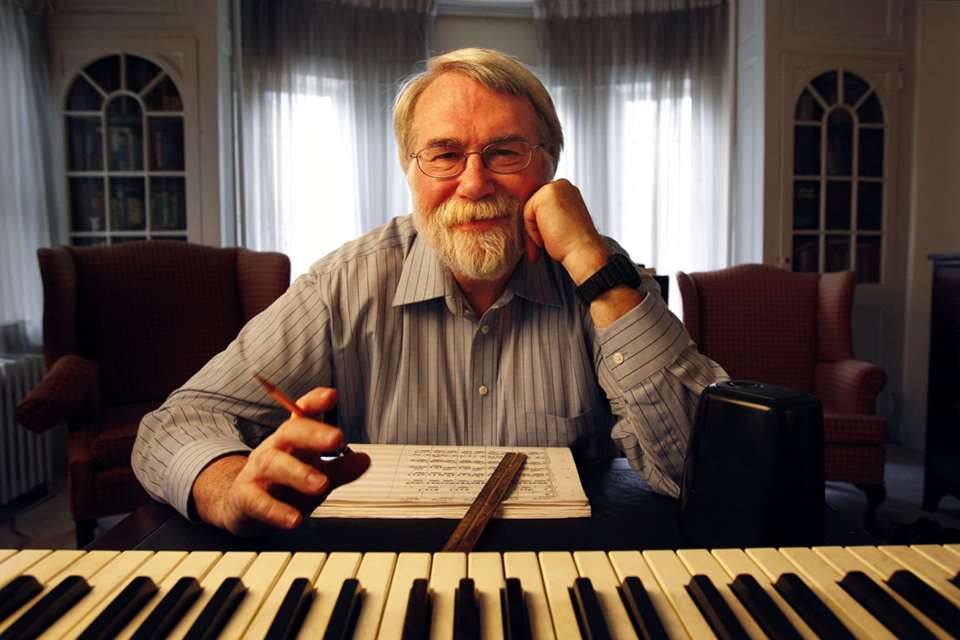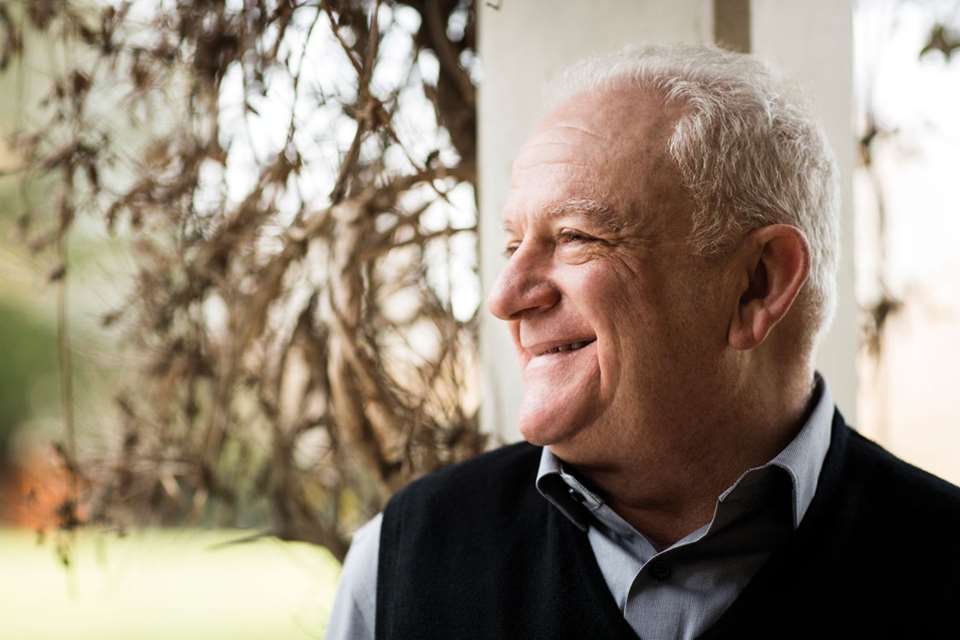Contemporary composer: David Del Tredici
Monday, November 20, 2023
An enthusiastic David Patrick Stearns ‘explains’ this radical US composer, whose life seemed to feature a series of trapdoors
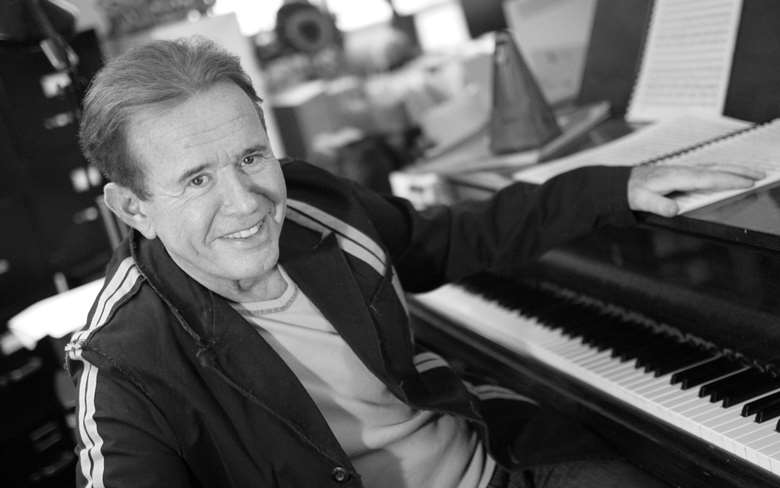
Register now to continue reading
Thanks for exploring the Gramophone website. Sign up for a free account today to enjoy the following benefits:
- Free access to 3 subscriber-only articles per month
- Unlimited access to our news, podcasts and awards pages
- Free weekly email newsletter






